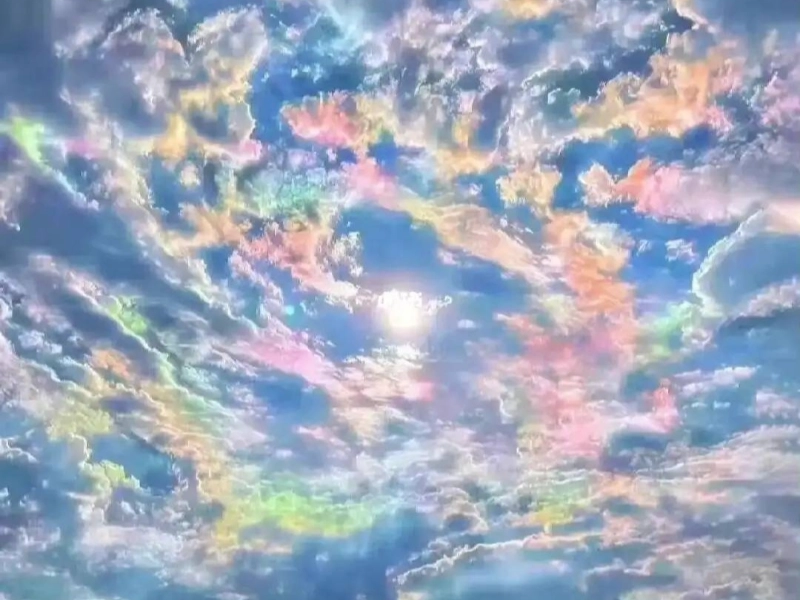The Art of Clouds: The Beauty of the Sky Through a Photographer's Lens
Advertisement
4. Composition Techniques for Cloud Photography

Advertisement
Making a great cloud picture calls for more than just pointing the camera skyward. In cloud photography, good composition is balancing the sky with other frame elements to produce a harmonic and interesting image. Starting from the rule of thirds—which divides the frame into a 3x3 grid—key items can be positioned along these lines or at their crossings. When photographing clouds, this can mean orienting a particularly intriguing cloud formation with one of the vertical lines or setting the horizon on the bottom third line to accentuate a dramatic sky. Another strong compositional device in cloud photography is leading lines. These can be natural features like rivers, roads, or mountain ridges that direct the observer's sight toward the clouds, therefore establishing a connection between the ground and heavens. Another good method is framing, which gives the image perspective and scale by surrounding the cloud-filled sky with natural borders created from foreground components like trees or architectural details. Photographers should also give careful thought to their compositions' negative to positive space balance. As negative space, the open sky let the eye relax and enjoy the cloud forms and textures. On the other hand, a simpler, less busy foreground would help a sky full of intricate cloud patterns to prevent overpowering the observer. Changing the focal length will drastically change the composition of cloud photos. While telephoto lenses let photographers isolate and highlight certain cloud formations or atmospheric events, wide-angle lenses can capture great, sweeping skyscapes.
Advertisement
You May Like

